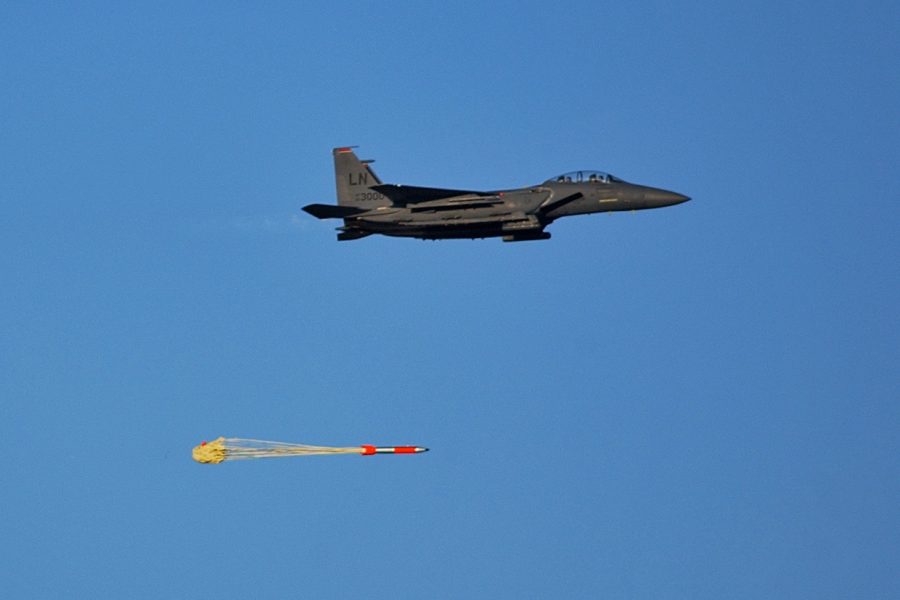Poland may join the five NATO countries which could deploy U.S.-made tactical nuclear weapons on its fighters in a European armed conflict, Polish president Adrzej Duda said in a interview published April 22.
Duda, in an interview with the Warsaw publication Fakt, voiced concerns that Russia has been “militarizing” the enclave of Kaliningrad—its Switzerland-sized province on the Black Sea that borders Poland and Lithuania, but which is geographically cut off from Russia—and that this poses a direct threat to Poland. Russia claimed Kaliningrad from Germany as reparations following World War II.
If NATO decides to expand “nuclear sharing” with Poland to strengthen NATO deterrence in the region, Poland “is ready” to accept this role, Duda said.
Polish prime minister Donald Tusk, however, said the matter is a “massive idea” that has not been decided by the full government and requires further discussion on a national scale. The Associated Press quoted Tusk as saying Poland “must be absolutely positive we want” to have the nuclear role. There is no timetable for such a decision to be made.
The AP also quoted the Russian defense ministry as saying that deploying American nuclear weapons on Polish soil would be met with “all the necessary retaliatory steps to guarantee our safety.”
The “nuclear sharing” arrangement allows Belgium, Germany, Italy, the Netherlands, and Turkey to deploy American B61 tactical nuclear bomb weapons on their fighters under NATO control. Most of those countries also agree to store those weapons.
Duda noted that neighboring Belarus has been able to carry Russian tactical weapons on its fighters since 2022, and that Belarus president Alexander Lukashenko confirmed in December that the weapons had arrived and could be deployed at any time.
Belarus has hosted a number of wargames with Russia before and since Russia’s invasion of Ukraine in early 2022; wargames that seemed aimed toward military action against Poland, Estonia, Latvia and Lithuania. In response to Baltic NATO country concerns about a Russian move against them, the U.S. and other NATO partners began rotational deployments of ground forces and fighters to reinforce the region that continue today.
All of the nuclear sharing nations with the exception of Turkey have or have signed up to buy the F-35 stealth fighter. When Germany formally announced it was buying F-35s in late 2022, it specifically mentioned the need for a more modern fighter to carry out the nuclear mission. Turkey was drummed out of the F-35 program when it agreed to buy Russian surface-to-air S-400 air defense systems, which NATO partners said would imperil the F-35’s stealth secrets. Instead, the U.S. recently sold Turkey new F-16s.
Poland agreed to buy 32 F-35s in 2022 for $4.6 billion, but it already has advanced F-16s that could carry out the nuclear mission. Poland will accept its first F-35s within the next year, operating them initially at Luke Air Base, Ariz. for training of Polish pilots. The full complement will be delivered to Poland by 2030.
The F-35 was certified to carry and deploy the B61-12 tactical nuclear weapon last fall, but this was only acknowledged in March. The certification required 10 years of effort across 16 government agencies, a spokesperson for the F-35 Joint Program Office said.
The B61-12 has a yield of about 50 kilotons. While the U.S. will not say which of its F-35s are designated for the nuclear mission, squadrons at RAF Lakenheath, U.K. have previously been assigned that role, and nuclear-certified weapon storage facilities are already there.
